Choosing the suitable streaming device might be difficult, especially considering the several options available nowadays. As we head toward 2025, the debate between Google Chromecast and Roku gets momentum.
Both gadgets offer unique features geared for different viewing preferences. Chromecast is well-known for its perfect connection with Google services, yet Roku offers a huge channel count.
Which one then would you want for 2025? Let’s go into the specifics and compare the two well-known streaming devices to help you to make informed decisions.
The Streaming Device Landscape in 2025
Welcome 2025, the world of streaming gadgets is more diverse than it has ever been. The industry offers a lot of options, hence consumers have to understand the essential traits and advancements in streaming technology.
How Streaming Technology Has Evolved
Streaming technology has changed drastically since its first release. First confined themselves depending on their resolution and connectivity choices. With 4K resolution and HDR (High Dynamic Range), the viewing experience has significantly improved though. Features of contemporary streaming devices include the Roku and Chromecast devices are improved video quality, quicker CPUs, and more user-friendly interfaces.
Development of streaming technology has also resulted in better connectivity choices like Wi-Fi 6 and Ethernet connectivity, therefore providing a constant and fast connection for streaming.
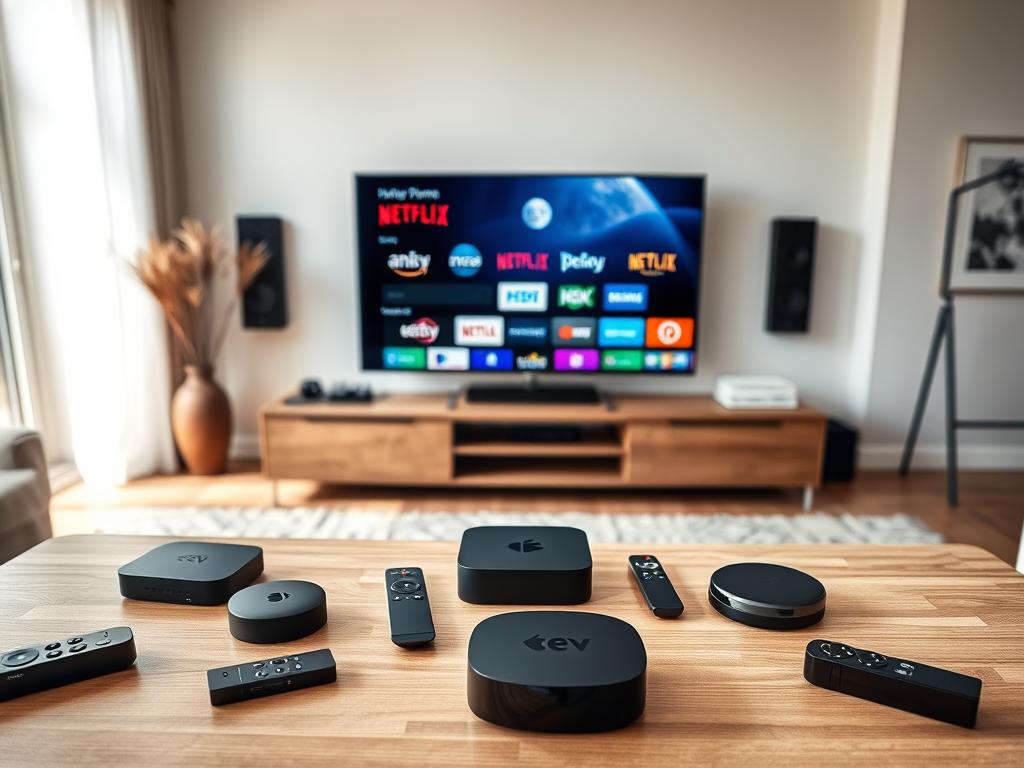
Key Features to Consider When Choosing a Streaming Device
You should offer some careful consideration while selecting a streaming gadget. First of all, the HDR support and resolution determines a better viewing experience mostly. Second, the availability of streaming services and apps is quite important; both Roku and Chromecast devices offer a large spectrum of well-known streaming services.
Important components also include the gadget’s memory, CPU speed, and choices of communication. Moreover strongly affecting the complete user experience are the user interface and remote control capability. These features should be taken into account while evaluating tools like the Roku stick and the Google stick 4K to enable informed decisions.
Chromecast vs Roku: Understanding the Basics
Before exploring the comparison, let’s first review Chromecast‘s background and evolution. Rack-based Understanding the roots and development of these streaming devices will assist one to have significant knowledge of their existing characteristics and how they satisfy different user wants.
Google Chromecast: History and Evolution
Originally debuted in 2013 as a ground-breaking device allowing users of cellphones to transmit content to TVs, Google Chromecast was Thanks to advancements in streaming quality, Google TV’s integration, and casting capacity development, Chromecast has evolved drastically over the years.
- 2013: First-generation Chromecast is released, supporting up to 1080p resolution.
- 2015: Second-generation Chromecast is launched, with improved Wi-Fi capabilities.
- 2018: Third-generation Chromecast is released, supporting HDR content.
- 2020: Chromecast with Google TV is introduced, marking a significant shift towards a more interactive TV experience.
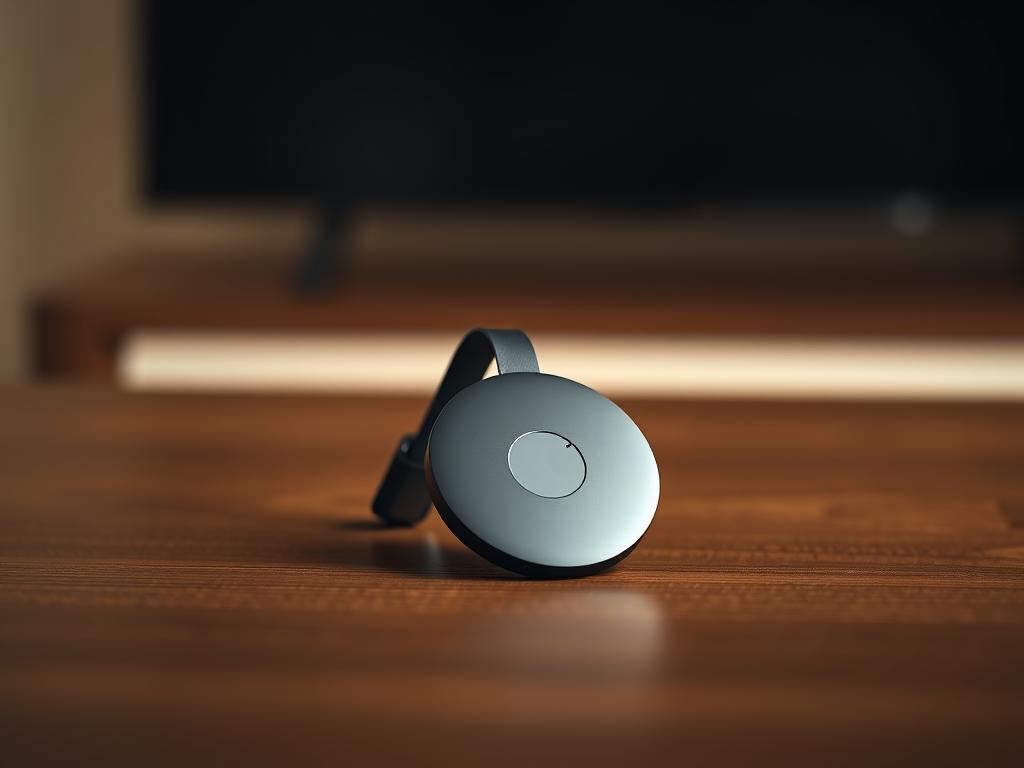
Roku: History and Evolution
On the other hand, Roku began in 2002 and draws roots from that year. Originally introduced in 2008, the original Roku device offers TVs a mechanism for straight content streaming. Since then, Roku—known for its wide range of products and simple interface—has risen to become the leading brand in the streaming business.
- 2008: The first Roku player is launched, supporting SD content.
- 2010: Roku introduces its first HD streaming player.
- 2014: Roku expands its product line with the introduction of the Roku 3, supporting 1080p resolution and offering more interactive features.
- 2017: Roku introduces its Streaming Stick+, further enhancing its portfolio.
Knowing their past will assist one choose between Google Chromecast or Roku. Whether it’s the simplicity of Chromecast or the adaptability of Roku, both have evolved to offer unique features appealing to many customer preferences.
Latest Models Comparison in 2025
As we dive into 2025, the streaming device market is more competitive than ever, with Chromecast and Roku leading the charge. Both companies have released their latest models, packed with new features and improvements. Let’s take a closer look at what’s new with Chromecast and Roku devices.
Chromecast with Google TV 2025 Edition
The Chromecast with Google TV 2025 Edition makes noteworthy changes over its predecessor. Currently supporting Wi-Fi 6E, it offers faster and more constant connection. Given more processing capacity, the device also runs faster and more responsively.
Mostly for its enhanced support of 8K resolution at 60Hz, so providing a more immersive viewing experience, the Chromecast with Google TV 2025 Edition stands out. It also addresses Dolby Atmos support of remarkable audio quality.
Roku Ultra and Roku Express 2025 Models
Additionally revealing its 2025 variants, Roku Ultra and Roku Express are the most notable ones. Now with a more powerful CPU, the Roku Ultra 2025 model aids to allow improved performance and faster app loading times. Additionally supporting 8K streaming and with a built-in headphone jack for private listening, it greatly enhances the remote.
On the other hand, the Roku Express 2025 is a reasonably priced option for people wanting to watch their favoured content. It has experienced improvements in its user interface, therefore enabling simpler navigation, and maintains 4K streaming support.
This comparison table highlights the most recent Chromecast and Roku versions’ clear strengths:
| Feature | Chromecast with Google TV 2025 | Roku Ultra 2025 | Roku Express 2025 |
|---|---|---|---|
| Resolution Support | 8K @ 60Hz | 8K @ 60Hz | 4K @ 60Hz |
| Wi-Fi Support | Wi-Fi 6E | Wi-Fi 6 | Wi-Fi 5 |
| Processor | Improved | More Powerful | Standard |
| Dolby Atmos Support | Yes | Yes | No |
| Price | $69.99 | $99.99 | $29.99 |
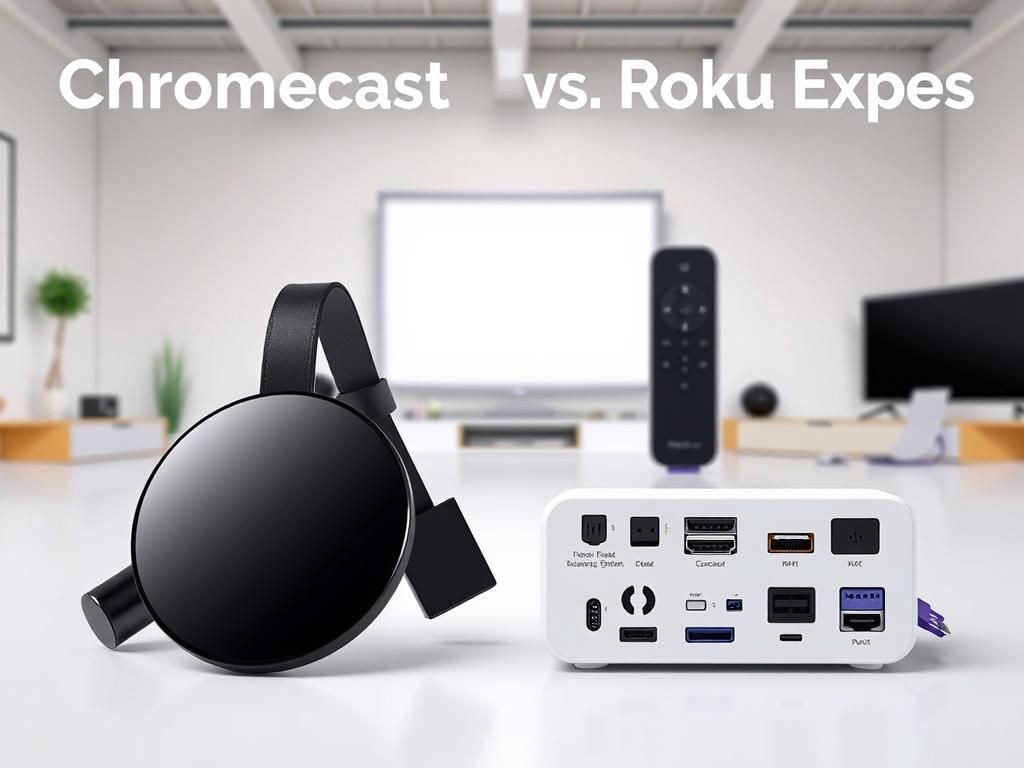
Both Chromecast and Roku have made remarkable advancement in their 2025 models with additional choices and enhanced performance. Regardless of your inclination in luxury features or a reasonably cost streaming solution, the newest portfolio has something for everyone.
Design and Hardware Specifications
About streaming devices, the design and hardware standards greatly influence the complete user experience. Hardware aspects and design that define Chromecast and Roku devices differ.
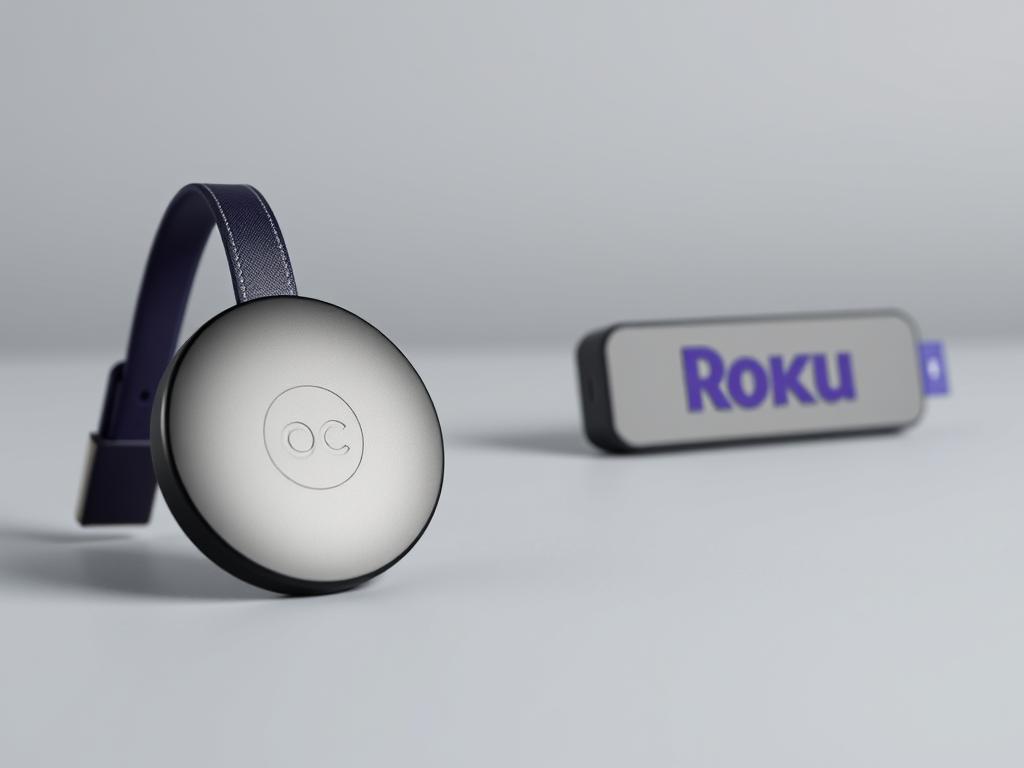
Chromecast Form Factor and Build Quality
A trademark of the Chromecast device is simple, modest design. This small, dongle-style device fits straight into an HDMI port on your TV. Strong construction with a long-lasting plastic casing impervious to daily wear.
Roku Form Factor and Build Quality
On the other hand, Roku products run in sort from streaming sticks to set-top boxes. The Roku Ultra, for example, features a bigger build and a remote control with voice control capability. Although the build quality of Roku devices is generally decent, the emphasis is mostly toward usability and user experience.
| Feature | Chromecast | Roku |
|---|---|---|
| Form Factor | Dongle | Stick or Set-top Box |
| Build Quality | Robust Plastic | Solid Build |
| Dimensions | Compact (2.4 inches) | Varies by Model |
Setup Process and Ease of Use
Both Chromecast and Roku offer unique setups that satisfy various user tastes. First setup, which is thus rather crucial, determines the general user experience of a streaming device.
Getting Started with Chromecast
Setting up a Chromcast device is pretty simple. Download the Google Home app, connect your device to the same Wi-Fi network as your Chromecast, and follow in-app instructions to complete the configuration.
The straightforward and clear Chromecast method allows users to start fast streaming their choice material effortlessly.
| Setup Steps | Chromecast |
|---|---|
| 1. Download App | Google Home |
| 2. Connect to Wi-Fi | Same network as Chromecast |
| 3. Complete Setup | Follow in-app instructions |
Getting Started with Roku
Moreover simple for operation are Roku devices. First connect your Roku gadget to your TV, power it on, then follow the on-screen instructions to access Wi-Fi and create or log in into your Roku account.
Roku’s setup is supposed to be simple and quick even for non-tech-savvy users.
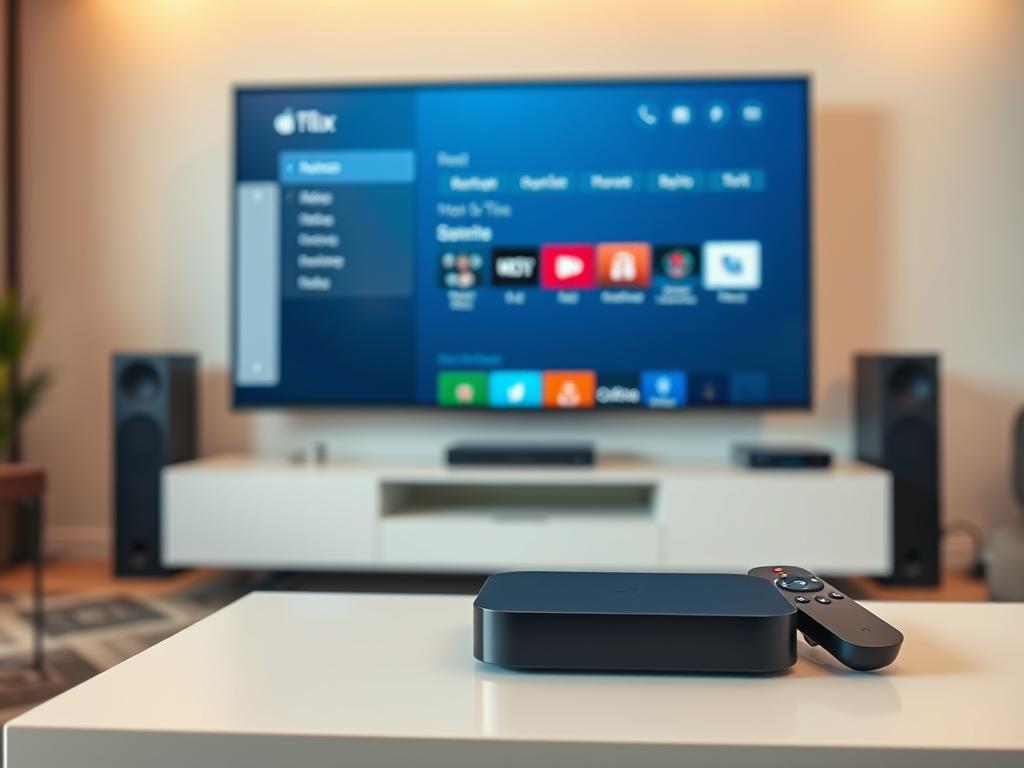
| Setup Steps | Roku |
|---|---|
| 1. Connect to TV | HDMI connection |
| 2. Power On | Use provided remote |
| 3. Connect to Wi-Fi | Follow on-screen instructions |
In the end, Chromecast and Roku both have straightforward setup processes even if they approach things somewhat differently. Chromecast runs off the Google Home app; Roku uses on-screen directions. Understanding these differences can help you to choose the instrument best fit for your needs.
User Interface and Navigation Experience
Different user inclinations will find separate user interfaces for Chromecast and Roku appropriate. Since it directly influences the complete viewing experience, choosing among these streaming devices primarily hinges on the user interface.
Found on Chromecast devices, the Google TV interface is designed to provide a personalized content discovery experience. Compiling content from many streaming services helps viewers find something to view more easily.
Google TV Interface
Emphasizing content search, the Google TV interface is clean and straightforward. Based on the user’s watching past and tastes, the home screen presents options.
Here is a comparison of the main Google TV interface points:
| Feature | Description |
|---|---|
| Content Recommendations | Personalized content suggestions based on viewing history |
| Multi-Service Search | Ability to search across multiple streaming services |
| Google Assistant Integration | Voice control for easier navigation and content search |
Roku OS Interface
Roku’s operating system is known for its simplicity and ease of use. The interface is straightforward, with a grid layout that allows users to easily navigate through various channels and content options.
The Roku OS interface also offers a “What’s On” feature that provides an overview of currently available content across different channels, making it easier for users to decide what to watch.
| Feature | Description |
|---|---|
| Channel Grid | Easy navigation through various channels and content |
| What’s On Feature | Overview of currently available content across channels |
| Private Listening | Option to listen to content privately through the Roku app or remote |
In the end, Google TV and Roku OS offer user-friendly interfaces even if they meet distinct preferences. Google TV aims on individualized content discovery whereas Roku OS stresses simplicity and ease of use.
Remote Control Functionality
Though both Chromecast and Roku offer remote control options, their features and usability differ. The remote control—which helps users rapidly traverse menus, play, pause, and change volume—defines the streaming experience most of all.
Chromecast with a Remote: Features and Usability
Chromecast with Google TV allows voice control with a remote control containing a dedicated Google Assistant button. Users of this remote can change playback, negotiate the Google TV interface, and search for content. By enabling one to find and display content more quickly without typing or negotiating challenging menus, voice control enhances the user experience.
Roku Remote Options and Voice Control
Furthermore bundled with Roku devices are remote controls with voice control via the Roku Voice Remote. Users of this remote can search for content, control playing, even check the calendar or temperature with simply simple voice queries. On some Roku remotes, a headphone jack lets you listen privately.
| Feature | Chromecast with Google TV | Roku |
|---|---|---|
| Voice Control | Yes, through Google Assistant | Yes, through Roku Voice Remote |
| Dedicated Buttons | Google Assistant button | Various buttons including power and volume control |
| Private Listening | No | Yes, through headphone jack on some remotes |
Chromecast and Roku have great remote control capability all around; voice control enhances the user experience. The two could be selected differently depending on certain demands, such private listening or the connection with other smart home appliances.
Content Ecosystem and App Availability
Availability of apps and content ecosystem will define the battle for streaming domination. Though both Chromecast with Google TV and Roku devices have a wide range of streaming services, their methodologies and offers differ substantially.
Streaming Services on Google TV Platform
Mixing Google TV with Chromecast yields an incredible array of streaming options. Users can readily access well-known sites such Netflix, Amazon Prime Video, and Disney+.
- Netflix
- Amazon Prime Video
- Disney+
- Hulu
- YouTube Premium
Additionally, Google TV’s interface makes it easy to discover new content across these platforms, enhancing the user experience.
Streaming Services on Roku Channel Store
Roku, on the other hand, is renowned for its extensive channel store, which includes a vast selection of streaming services.
- Roku Channel
- Netflix
- Hulu
- Amazon Prime Video
- Disney+
- Sling TV
Especially notable for its acceptance of niche and regional streaming services, Roku’s platform fits a spectrum of interests rather flexible.
Both platforms continuously broadening their offers to ensure consumers have access to a vast array of content.
Streaming Performance and Video Quality
Anyone hoping for the finest watching experience must first know Chromecast and Roku’s streaming capabilities. Both devices have made significant advancement in providing high-quality video and audio, despite certain significant differences to consider.
Chromecast Resolution, HDR, and Audio Support
Google’s Chromecast assures flawless and detailed video playing, so supporting up to 4K resolution at 60fps. Higher colours and contrast enable numerous HDR formats including Dolby Vision, HDR10, and HDR10+, hence improving the immersive viewing experience.
Chromecast delivers great audio by supporting codecs like Dolby Atmos and DTS:X. This is consequently a wonderful choice for persons with compatible sound systems.
Roku Resolution, HDR, and Audio Support
Roku devices also have significant support for high-resolution streaming since several models can run 4K at 60Hz. Roku backs HDR10, HDR10+, Dolby Vision, and HLG (Hybrid Log-Gamma) to ensure fit with a wide range of HDR content.
With Dolby Atmos and DTS:X support, Roku’s audio characteristics are also pretty amazing and appropriate for consumers with advanced home theatre setups.
| Feature | Chromecast | Roku |
|---|---|---|
| Max Resolution | 4K at 60fps | 4K at 60fps |
| HDR Support | HDR10, HDR10+, Dolby Vision | HDR10, HDR10+, Dolby Vision, HLG |
| Audio Formats | Dolby Atmos, DTS:X | Dolby Atmos, DTS:X |
Given their exceptional streaming capacity and video quality, Chromecast and Roku are competitive products on the market. Among them, the choice will depend on specific user needs and preferences for additional features and ecosystem compatibility.
Connectivity and Compatibility
Regarding streaming, the connectivity and compatibility of your device could either improve or damage your viewing experience. Though Chromecast and Roku have distinct connectivity options, their compatibility with your TV is just as important.
Chromecast Connection Options and TV Compatibility
Google Chromecast needs Wi-Fi connectivity for streaming material and links to your TV using an HDMI port. Since most modern TVs with an HDMI connector are compatible, many users find it to be a flexible alternative. Chromecast devices are supposed to be easy and straightforward; they depend on your smartphone or tablet for first setup and control.
Roku Connection Options and TV Compatibility
Roku devices use an HDMI connection for TV compatibility; for internet access, they rely on a Wi-Fi network. For those with unreliable Wi-Fi, Roku offers a range of models with Ethernet ports for a wire connection, therefore providing an alternative. Roku devices run across a wide spectrum of TVs, even some vintage models, as long as they include an HDMI connector.
Troubleshooting When Roku Won’t Connect to Internet
If other devices will connect to the internet but yours won’t, try reseting your Roku device and looking at your Wi-Fi network. Since typically upgrades fix connectivity issues, make sure your Roku’s firmware is current. If problems persist, consider changing the router’s settings or, if your Roku model lets you, utilizing a cable Ethernet connection.
Smart Home Integration and Voice Assistants
Smart home integration forms a major component of the modern streaming experience, so Chromecast and Roku have made tremendous development in this area. If you could quickly connect your streaming gadget with other smart devices in your house or use your voice to operate it, your complete user experience will be considerably enhanced.
Chromecast and Google Home Ecosystem
Deeply entrenched with the Google Home ecosystem, Chromecast devices let Google Assistant offer basic control. You can play material, adjust volume, and even shift between many Chromecast devices with voice commands. Additionally included in this integration are additional Google Home gadgets, enabling multi-room audio and smart display control.
Saying, “Hey Google, play Netflix on the living room TV,” for instance will cause the Chromecast to start showing your chosen show. From one interface, this degree of integration makes running your entertainment and smart home devices easy.
Roku and Smart Home Compatibility
While their approach differs from Chromecast, Roku players also offer smart home interoperability. The Roku app or remote lets one operate Roku devices; also, it offers voice commands using compatible remotes or the mobile app. Though Roku does not have a voice assistant of its own, it cooperatively makes use of well-known assistants as Google Assistant and Amazon Alexa.
Using the Roku app or voice commands, Roku’s smart home integration allows you run lights and thermostats among other devices. You might use a voice command to switch on your TV and adjust the lighting in your room, so enhancing the immersive viewing experience.
Price Comparison: Google Chromecast vs Roku
Often the choice between Chromecast and Roku boils down to value for money and pricing. Examining the features and costs of both brands is essential since they provide a range of streaming devices at various budgets.
Chromecast Models and Price Points
Google Chromecast offers multiple variants with different pricing points:
- Chromecast (3rd Generation): Around $30
- Chromecast with Google TV: Approximately $50
- Chromecast Ultra: Discontinued, but previously around $70
The newest Chromecast with Google TV offers a clear improvement over the standard Chromecast with features like a remote control and Google TV interface, which helps to justify its higher cost.
Roku Models and Price Points
Roku also provides a selection of models covering many pricing points:
- Roku Express: Around $30
- Roku Premiere: Approximately $50
- Roku Ultra: Around $100
Looking at value for money, the Chromecast with Google TV and Roku Premiere have similar capabilities including 4K streaming and voice control and closely match in pricing. The Roku Ultra has additional capabilities including enhanced Wi-Fi and a more full remote, therefore maybe offering greater value for hardcore users even though it is more expensive.
All things considered, Chromecast and Roku are reasonably priced. Your specific needs will dictate the decision as well as whether you give the ecosystem (Google vs. Roku) primary priority or the features that accompany every device the top importance.
Who Should Choose Each Device?
To help us decide between Chromecast and Roku, let’s examine the ideal use cases for both. Choosing the suitable streaming device depends on your own tastes and needs.
Best Use Cases for Google Chromecast
Google Chromecast is an excellent choice for those tightly entwined with the Google ecosystem. If you regularly use Google Photos, Google Drive, or Google Calendar, Chromecast’s perfect integration with these services makes it an attractive option. For those who value simplicity and do not need a remote control as tablet or smartphone operation allows Chromecast to be ideal.
Since Chromecast can cast material straight from devices, so offering another big benefit, it is perfect for sharing photographs, videos, or presentations on a larger screen.
Best Use Cases for Roku Devices
On the other hand, with Roku devices individuals looking for a basic, plug-and-play streaming experience with access to a wide range of channels and apps would be perfect. With its extensive channel shop comprising well-known services including Netflix, Hulu, and Amazon Prime Video, Roku is a perfect choice for users who wish variation in their streaming entertainment.
Roku is also an excellent option for individuals who would prefer have a traditional TV viewing experience complete with a remote control and basic navigation.
Specific Recommendations Based on User Needs
The following table summarizes the best tool for several user types:
| User Category | Recommended Device | Reason |
|---|---|---|
| Heavy Google Service Users | Chromecast | Seamless integration with Google ecosystem |
| Netflix Enthusiasts | Roku | Wide availability of streaming services |
| Users Preferring Simple Setup | Chromecast | Easy casting from mobile devices |
| Traditional TV Viewers | Roku | Comes with a remote control and easy navigation |
Conclusion
Comparatively, Google Chromecast and Roku devices quite obviously exhibit in many different ways both advantages and disadvantages. The Chromecast with Google TV performs wonderfully in smoothly interfacing with the Google ecosystem for people now using Google services. On the other hand, Roku users have a straightforward UI and offer a great spectrum of material.
Decide between Chromecast and Roku depending on your present ecosystem and watching tastes. If you engage extensively in Google’s ecosystem, Chromecast might be the best option. Roku is a good candidate for individuals looking for easy navigation and more content choices.
The finest streaming device recommendation ultimately comes from your particular need. Although both Chromecast and Roku have great value, you should take their features into account with respect to your viewing behaviour. This will help you to make wise choices improving your 2025 streaming experience.
FAQ
What is the main difference between Chromecast and Roku?
Chromecast is a Google device that streams content from your phone or computer to your TV, while Roku is a standalone streaming device with its own operating system and remote control.
Is Roku better than Chromecast?
It depends on your specific needs and preferences. Roku offers a more traditional streaming experience with a remote control, while Chromecast is ideal for those who want to stream content from their mobile devices.
Can I use Chromecast without a remote?
Yes, Chromecast can be controlled using the Google Home app on your mobile device, eliminating the need for a separate remote control.
Why won’t my Roku device connect to the internet?
If your Roku device won’t connect to the internet, try restarting your router, checking your Wi-Fi network, or resetting your Roku device to its factory settings.
What is the difference between Roku Ultra and Roku Express?
Roku Ultra offers advanced features like 4K streaming, HDR, and Dolby Vision, while Roku Express is a more budget-friendly option with standard HD streaming.
Can I use voice control with Chromecast?
Yes, Chromecast with Google TV comes with a remote control that supports Google Assistant voice control, allowing you to search for content and control playback with voice commands.
How do I compare the streaming quality of Chromecast and Roku?
Both devices support various streaming qualities, including 4K and HDR. Chromecast with Google TV and Roku Ultra offer advanced video and audio features, making them suitable for high-quality streaming.
Are Chromecast and Roku compatible with smart home systems?
Yes, both devices integrate with various smart home systems. Chromecast works seamlessly with Google Home, while Roku devices are compatible with multiple smart home platforms.
Which device is more affordable, Chromecast or Roku?
Chromecast devices tend to be more budget-friendly, with prices starting from around . Roku devices range from affordable options like Roku Express to more premium models like Roku Ultra.
Can I access the same streaming services on both Chromecast and Roku?
Both devices support popular streaming services like Netflix, Hulu, and Amazon Prime Video. However, some services might be available on one platform but not the other, or have different app experiences.
